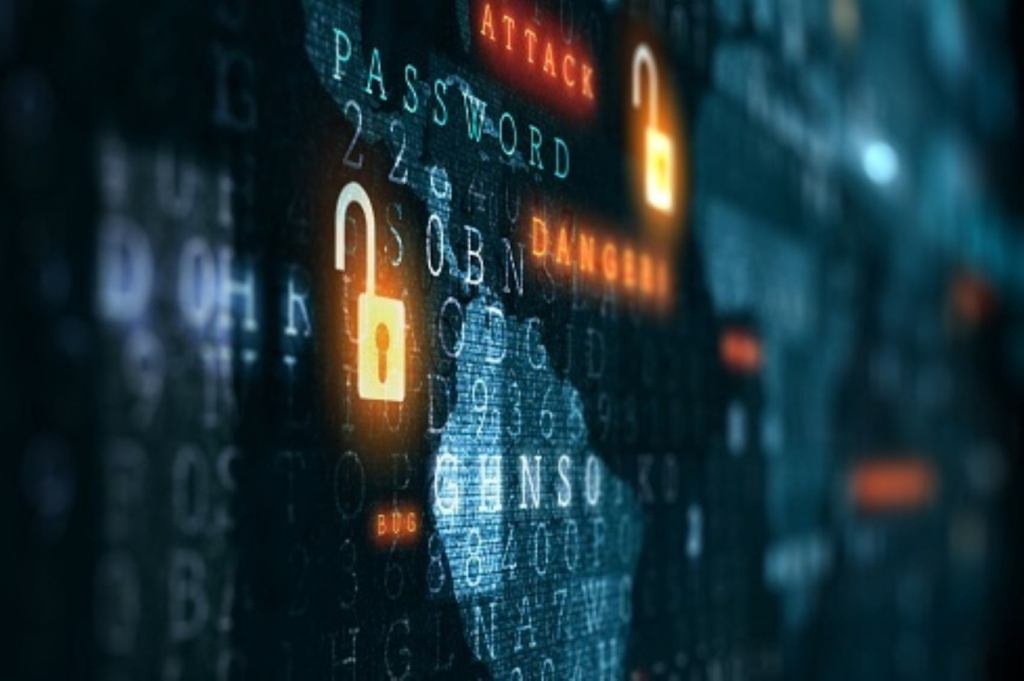Prioritizing Responsible AI with ISO 42001 Compliance
Artificial intelligence is a critical tool for companies looking to keep pace in the current competitive business landscape. The potential of AI promises great things — greater efficiency among the workforce, customized customer experiences, better informed decision making for C-suite executives — but it also comes with great risk, being just as useful to bad actors as it is to those with good intentions. To combat nefarious use and promote transparency around the new technology, the International Organization for Standardization (ISO) recently released ISO/IEC 42001. The new standard guides the ethical and responsible development and deployment of artificial intelligence management systems — effectively giving organizations a vehicle to demonstrate that their approach to AI is ethical and secure. In a world where AI is rapidly reshaping industries, having a structured approach like the one outlined in ISO 42001 ensures that businesses are harnessing AI’s power while maintaining ethical and transparent practices. Having recently gone through the certification process, here’s what other companies considering taking this step should know: What Is ISO 42001 and Why Does It Matter? ISO 42001 is a groundbreaking international standard designed to establish a structured roadmap for the responsible development and usage of AI. This standard addresses critical challenges such as ethics, transparency, continual learning, and adaptation, ensuring that AI technologies are harnessed ethically and effectively. Related:How Can Decision Makers Trust Hallucinating AI? The standard is also intentionally structured to align with other well-known management system standards, such as ISO 27001 and ISO 27701, to enhance existing security, privacy, and quality programs. For companies that touch AI, it’s of the utmost importance to be on top of the most rigorous AI frameworks and to implement strict guardrails to protect customers from malicious intent. It also gives organizations a foundation to comply with upcoming regulations, like the EU AI Act and related legislation in Colorado. The Journey to ISO 42001 Compliance Achieving compliance with ISO 42001 required our organization to take a risk-based approach to the establishment, implementation, maintenance, and continuous improvement of an AIMS. This approach involved several phases, including: Defining the context in which our AI systems operate. Identifying relevant external and internal stakeholders. Understanding the expectations and requirements of the framework. Related:How AI is Revolutionizing Photography Additionally, building out a comprehensive, ISO 42001-certified AIMS required us to standardize the fairness, accessibility, safety, and various impacts of our AI systems. The standard looks at an organization’s policies related to AI, the internal organization of roles and responsibilities for working with AI, resources for AI systems such as data, impact analysis of AI systems on individuals, groups, and society, the AI system life cycle, data management, information dissemination to interested parties (like external reporting), the use of AI systems, and third-party relationships. Undergoing this certification process took approximately six months and involved us working closely with our auditing partner. Upon completion of our assessment, we received certification of compliance with ISO 42001 standards to serve as an indicator of our prioritization of responsible and secure AI to all stakeholders. Moving forward, we must sustain the practices mandated by the framework and undergo future routine assessments to continuously ensure we maintain compliance. The Impact of ISO 42001 Compliance on Our AI Strategy Compliance with ISO 42001 is not just about meeting a set of standards; it fundamentally impacts how we utilize AI moving forward. With many companies building out their own AI capabilities, proving to customers and stakeholders that they can trust our systems is crucial — and ultimately becomes a competitive differentiator. Related:The New Cold War: US Urged to Form ‘Manhattan Project’ for AGI ISO 42001 addresses these concerns through comprehensive requirements, providing a roadmap to satisfying security and safety concerns about our AI. Getting ISO 42001 certified has allowed us to do the following: Validate our AI management: ISO 42001 certification provides independent corroboration that we manage our AI systems ethically and responsibly. Enhance trust with stakeholders: The certification demonstrates our commitment to responsible AI practices and ethical, transparent, and accountable AI development and usage. Improve risk management: The certification helps us identify and mitigate risks associated with AI, ensuring potential ethical, security, and compliance issues are proactively addressed. Gain a competitive edge: As ISO 42001 was published recently, becoming one of the first globally to certify our AIMS gives us an edge in the market, signaling to clients, partners, and regulators that we are at the forefront of responsible AI use. The Importance of Working With an Accredited Body Achieving ISO 42001 certification is a significant milestone, but it’s essential to work with an accredited body to ensure the certification’s credibility. In our certification process, we prioritized working with Schellman, an ANAB-accredited auditing certification body, as our partner in this journey. Schellman’s accreditation gave us assurance that they are properly equipped to verify our compliance with the ISO 42001 framework, adding an extra layer of validation to our certification while guiding us through the process. While compliance does not equate to absolute security, it positions an organization to mitigate risks effectively and demonstrate to customers that their security is a top priority. By adhering to the rigorous standards set out in ISO 42001, we are committed to responsible AI practices that not only meet but exceed stakeholder expectations, ensuring the safe and ethical use of AI technologies. source
Prioritizing Responsible AI with ISO 42001 Compliance Read More »













